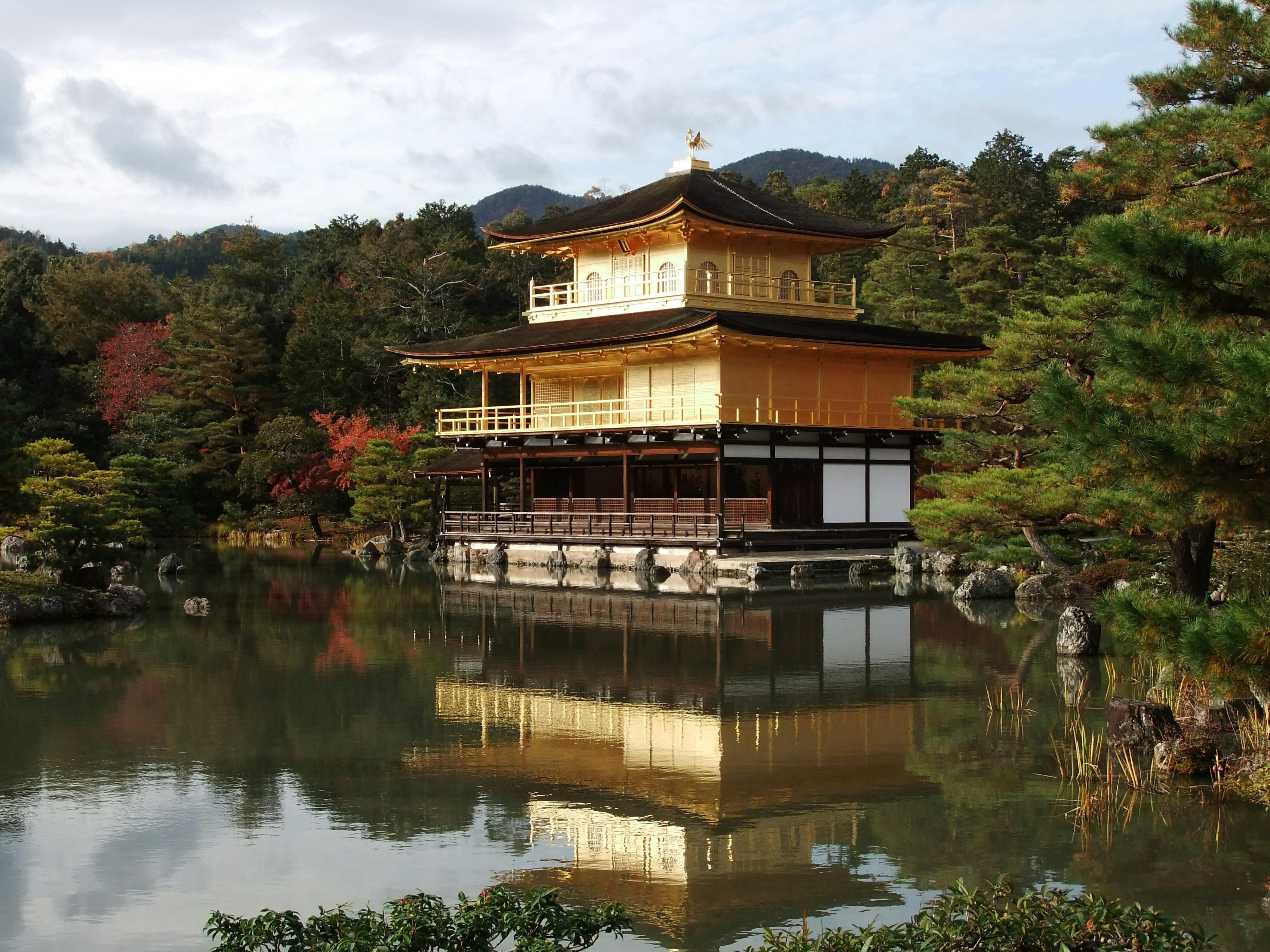One of the fascinating activities in building a model railway layout is water scenes. Even with all the trees, wildlife, grasses, and other scenic materials, it looks like a barren wasteland with no water.
Creating water scenes isn’t necessarily easy, but it’s worth the effort. There are various materials that can be made to resemble water. There are three types of resin plastic that I use to create water scenes. They are all non-toxic and readily available at a hobby store or on a website.
Without getting into trade names, the three types are different for specific reasons. One comes in a squeeze bottle that is very thick and doesn’t run easily and is difficult for me to use. I use it for specific areas where a fast-moving liquid wouldn’t settle fast enough to create the scene I want. However, it is wonderful for making waterfalls. It is so thick that you can comb it with a fine metal comb which produces the look of a waterfall.
The next type is a thick but fast-pouring liquid plastic that can be used to start a pond and small overgrown streams. The key to this one is that it has restrictions on how much you can pour. It dries very slowly, so the amount you can open at any one time is only 1/8th thick. It dries very clear and is very helpful when adding small amounts to specific areas to increase realism.
The next type is hard and comes in pearls with a slight yellow color. It is my favorite of the three due to its nature once heated to liquid. It is very hot once heated and pours fast but solidifies quickly. This allows you to pour your next layer almost immediately. It also has a unique feature of creating a wave-like action.
The best example I can give you is when I poured the plastic into a pre-made creek bed. The creek had already been landscaped with rocks, wood, brush and the like. There was a stop at the end of the creek. I poured the hot plastic gradually and watched the pattern flow like a stream and solidify with unique qualities like the real world. I repeated this action several times which gave the creek character and caused a waterfall effect on the rocks. At the base or butt fascia board, a small pond was created as I wanted.
This particular plastic water is difficult to produce and use. You have to be very careful not to burn yourself or let the liquid plastic boil. Also, you should use a container where you have complete control. The container must have a handle that does not act as a heat sink and thus burn it. It would be wise to have a container with a spout like the coffee pots used on camping trips. This way, you won’t have the liquid plastic going places where you don’t want it to go.
A stove is not the best way to heat plastic. For one thing, there are usually no stoves in the design area and heating would take a long time unless you had a gas stove. The best method is to use a torch or some other fast-heating implement that generates enough heat to quickly liquefy the plastic. We’ve used a flashlight in a pinch, but it’s cumbersome and a bit dangerous. The safest method is a butane stove which can produce maximum heat. Regardless of the method you use when it comes to fire, make sure you have a fire extinguisher available and that there is plenty of fresh air circulating in the design room. Also, wear flame retardant gloves when working with liquid plastic and fire. DO NOT MAKE TOO MUCH LIQUID PLASTIC AT A TIME. You will complete each project in plenty of time by following the instructions on the package.
Other types of clear resins are available, but this set is easily obtainable from more than one source and is easy to use.
